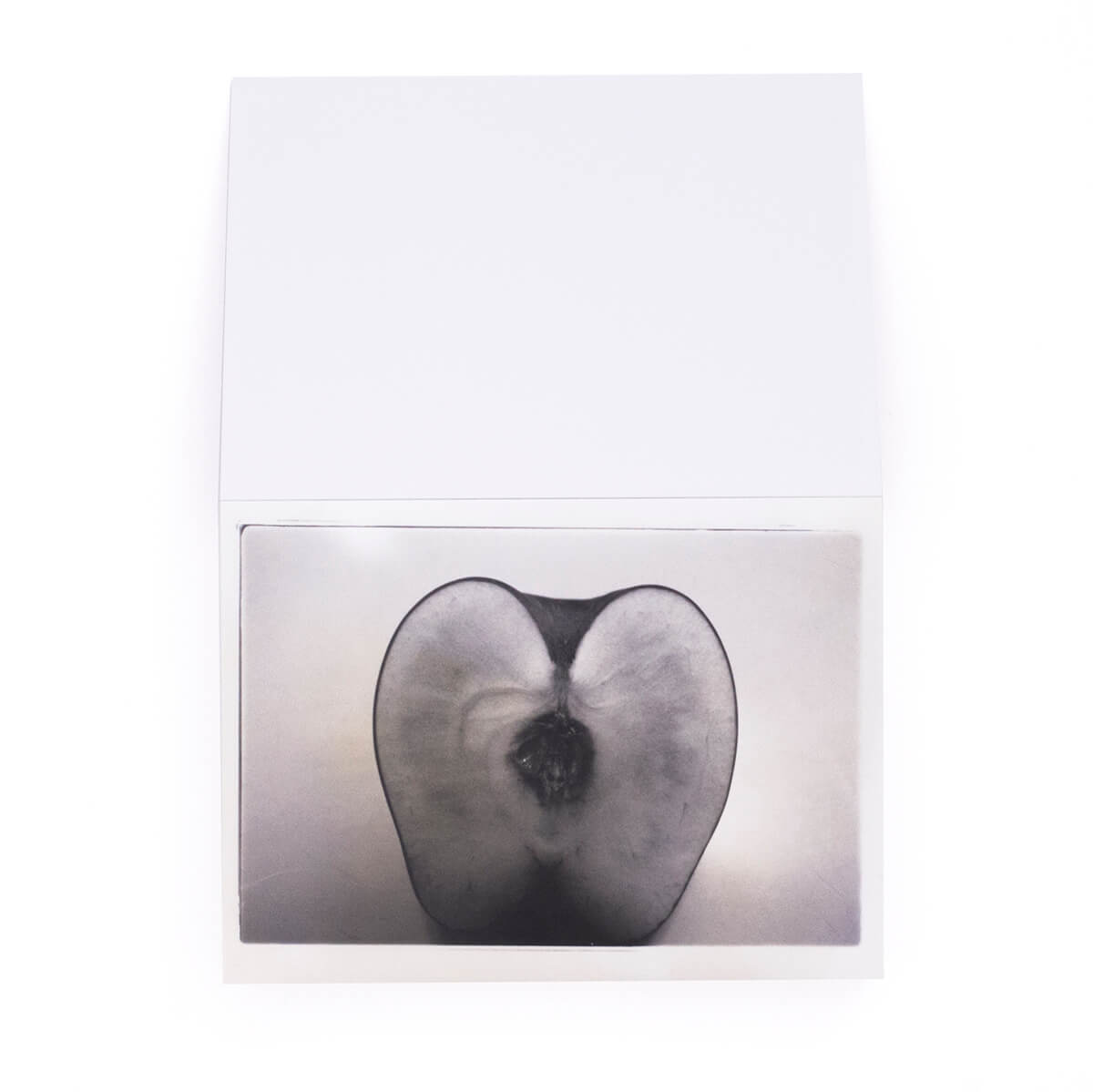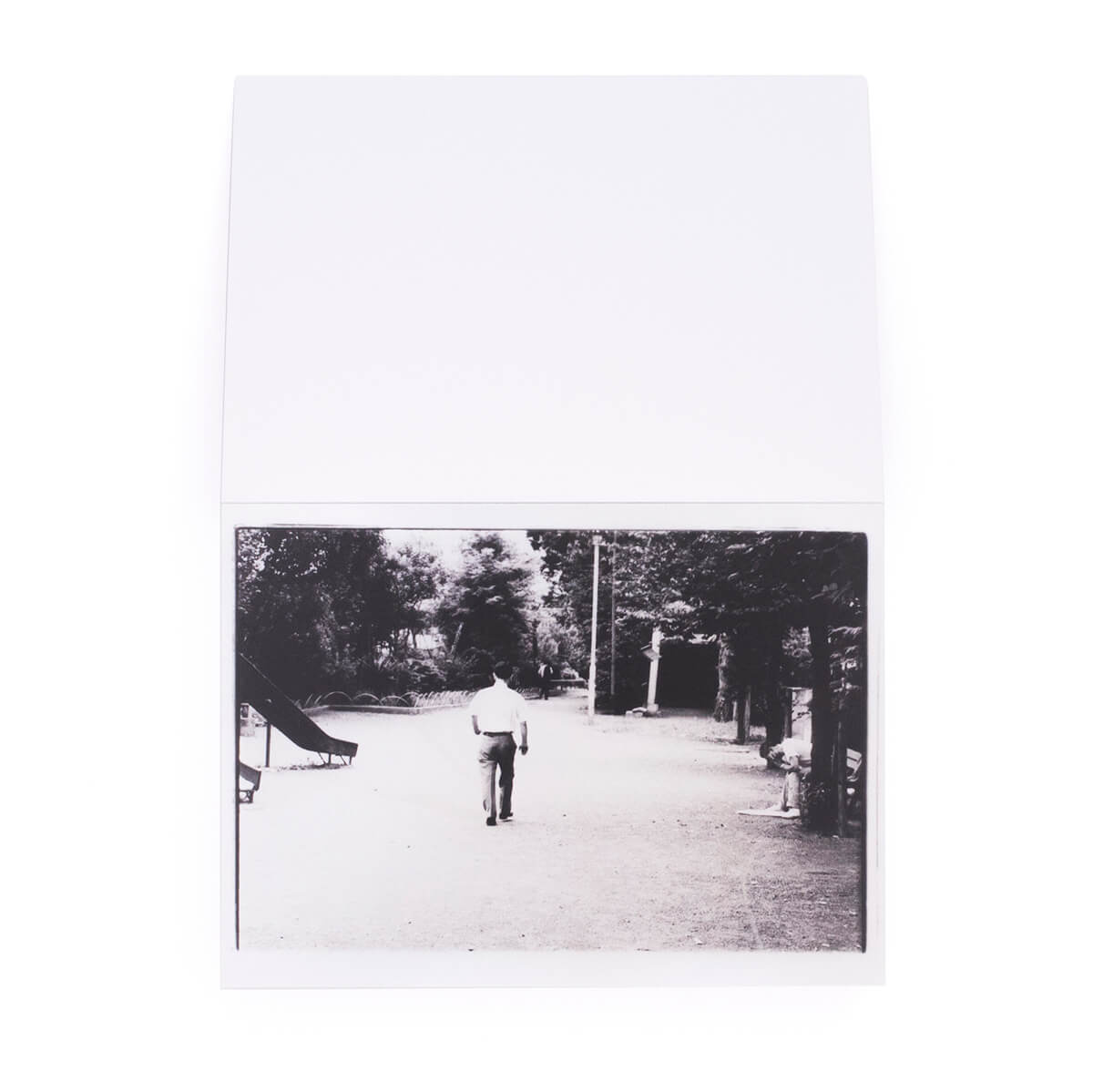Nobuyoshi Araki’s Earliest Photography Series
Rediscovered by chance, these 150 photographs were taken by the artist in around 1965, at the very start of his career.

© Nobuyoshi Araki
Nobuyoshi Araki, born in 1940, is known for his photographs depicting death, women, eroticism, flowers, and a hint of autobiographical narrative. The series Theater of Love, published in a book of the same name by Taka Ishii Gallery and Zen Foto Gallery, reveals another side to this iconic Japanese photographer. And there is a reason for this: the 150 photographs compiled in this album were taken at the very beginning of the artist’s career and had never been seen before.
In 1963, having just graduated from the Department of Engineering at Chiba University, Nobuyoshi Araki was working for Dentsu, one of the best-known advertising agencies in Japan. For nine years, he experimented with the codes of photography, going so far as to state in the preface to the book that ‘my Dentsu era was my training era.’
Premises of his art
In parallel to this work, Nobuyoshi Araki sharpened his eye on details in everyday life, capturing every moment with his Olympus Pen F. Theater of Love, which takes its name from the inscription on the box in which Nobuyoshi Araki found these photographs, presents, in black and white, the underground, the inside of an apartment, couples embracing… Themes that foreshadow the photographer’s future obsessions.
Nobuyoshi Araki is particularly known for his series in which he depicts his romance with his wife Yoko Aoki, Sentimental Journey. More recently, he also collaborated with Juergen Teller, a German photographer with whom he shares a radical vision of photographic practice, on the project Araki Teller, Teller Araki.
Theater of Love (2011) by Nobuyoshi Araki is published by Taka Ishii Gallery and Zen Foto Gallery.

© Nobuyoshi Araki

© Nobuyoshi Araki

© Nobuyoshi Araki

© Nobuyoshi Araki

© Nobuyoshi Araki

© Nobuyoshi Araki

© Nobuyoshi Araki

© Nobuyoshi Araki

© Nobuyoshi Araki
TRENDING
-
The Tattoos that Marked the Criminals of the Edo Period
Traditional tattoos were strong signifiers; murderers had head tattoos, while theft might result in an arm tattoo.

-
Chiharu Shiota, Red Threads of the Soul
Last year, more than 660,000 people visited the retrospective 'Chiharu Shiota: The Soul Trembles' exhibit at the Mori Art Museum.

-
‘Before Doubting Others, Doubt Yourself. Who Can Truly Say a Dish Isn’t What It Used to Be?’
In ‘A Non-Conformist’s Guide to Surviving Society’, author Satoshi Ogawa shares his strategies for navigating everyday life.

-
The Story of Sada Yacco, the Geisha who Bewitched Europe
Described by Dazed magazine as the first beauty influencer, she has been restored to her former glory since 2019.

-
Ito Jakuchu's Naturalist Paintings
From 15 September until 14 October 2018, the Petit Palais showcased the artist's iconic ‘Images of the Colourful Realm of Living Beings’.





